Small signs can hide a serious internal struggle.
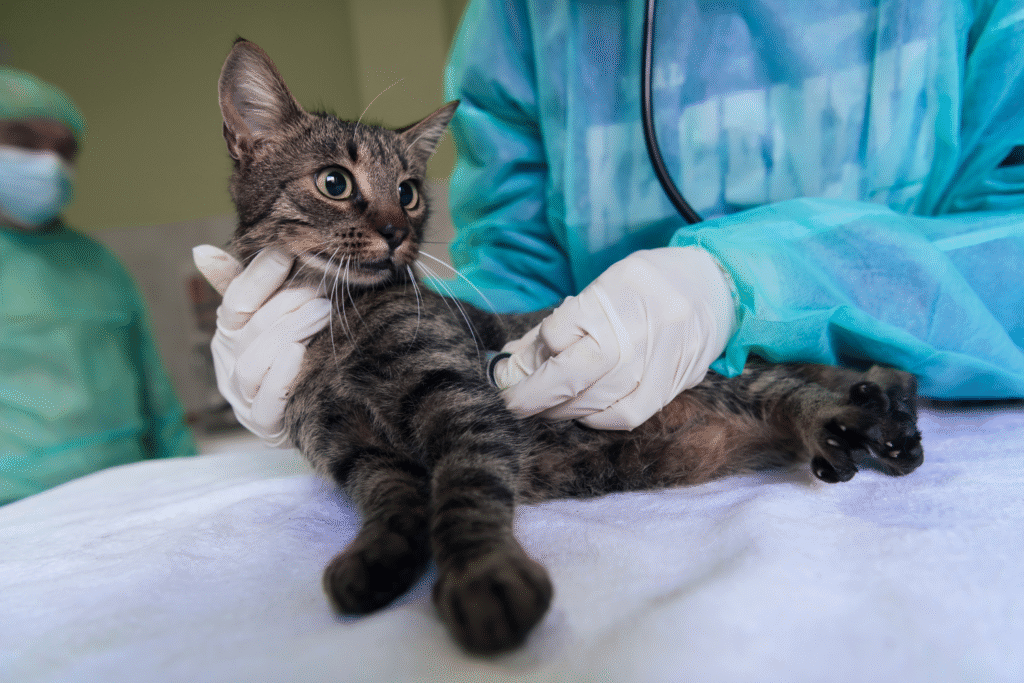
Pancreatitis in cats rarely looks dramatic. It is a quiet, internal inflammation that can unfold without clear warning, often mistaken for something far less serious. The pancreas, that small organ tucked near the stomach and liver, plays a huge role in digestion and metabolism. When it becomes inflamed, it can disrupt everything from appetite to mood, leaving even attentive cat owners puzzled.
Because cats instinctively hide discomfort, the early signs can slip by unnoticed. Subtle shifts in their eating, grooming, or social habits can be the only clues. Catching these understated signals early can mean faster recovery and fewer complications later.
1. A sudden drop in appetite that lingers.

Cats may skip meals occasionally, but prolonged loss of appetite often points to trouble. When the pancreas is inflamed, digestion becomes painful and unappealing. As stated by the Cornell Feline Health Center, many cats with pancreatitis stop eating altogether because of nausea and discomfort. That avoidance can quickly spiral into fatty liver disease if left untreated.
A cat’s refusal to eat for even 24 hours deserves attention. Once appetite fades, energy follows. Their usual curiosity dulls, and their body starts to break down stored fat faster than it can handle.
2. Lethargy that seems out of character or prolonged.

Cats are naturally fond of rest, but true lethargy looks different. They sleep more but also move slower, respond reluctantly, and lose interest in play or affection. This deeper exhaustion often reflects internal inflammation affecting multiple organs. It can appear subtle, blending into normal aging, yet it signals systemic distress.
According to the American Veterinary Medical Association, inflammation from pancreatitis can spread to the liver or intestines, draining the body’s energy reserves. A once lively cat turning unusually withdrawn should never be dismissed as simply tired, especially when appetite also fades.
3. Subtle vomiting that happens more often than usual.

Occasional hairballs are one thing, but repeated mild vomiting, especially clear fluid or bile, may be a red flag. As reported by the Journal of Feline Medicine and Surgery, vomiting occurs in over half of cats with pancreatitis, often without severe stomach distress. The pancreas’ irritation disrupts digestive enzymes, causing backflow and discomfort.
Even mild vomiting can dehydrate a cat quickly. When paired with lethargy or poor appetite, it becomes one of the clearest clues that something deeper is wrong. Gentle hydration and early veterinary care can make recovery far smoother.
4. Subtle weight loss that creeps up over weeks.
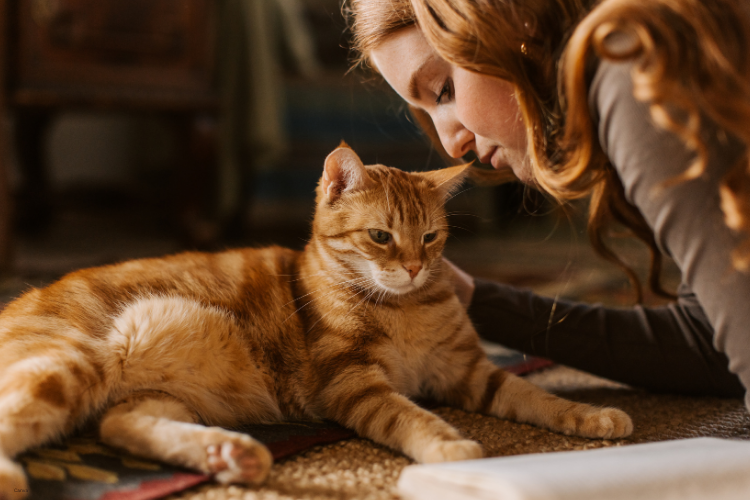
Pancreatitis interferes with how nutrients are absorbed and processed. Cats may eat small amounts yet still lose weight as their pancreas struggles to break down fat and protein. The loss often happens slowly, showing first as looser skin around the spine or hips.
Because the change is gradual, many owners do not notice until their cat’s coat starts to look duller. Regular weigh-ins at home can help spot this silent sign early, long before it becomes visible to the eye.
5. Hunched posture or reluctance to be touched.

When abdominal pain becomes constant, cats instinctively curl inward to guard the area. They may sit hunched for long periods or shy away when touched near their belly. The discomfort can fluctuate, making it easy to misread as moodiness or stiffness.
A change in posture often reflects more than just soreness, it is a coping mechanism. If your cat’s body language suddenly feels tense or protective, it could signal that the pain is deeper than surface level.
6. Dehydration that shows in small, subtle ways.
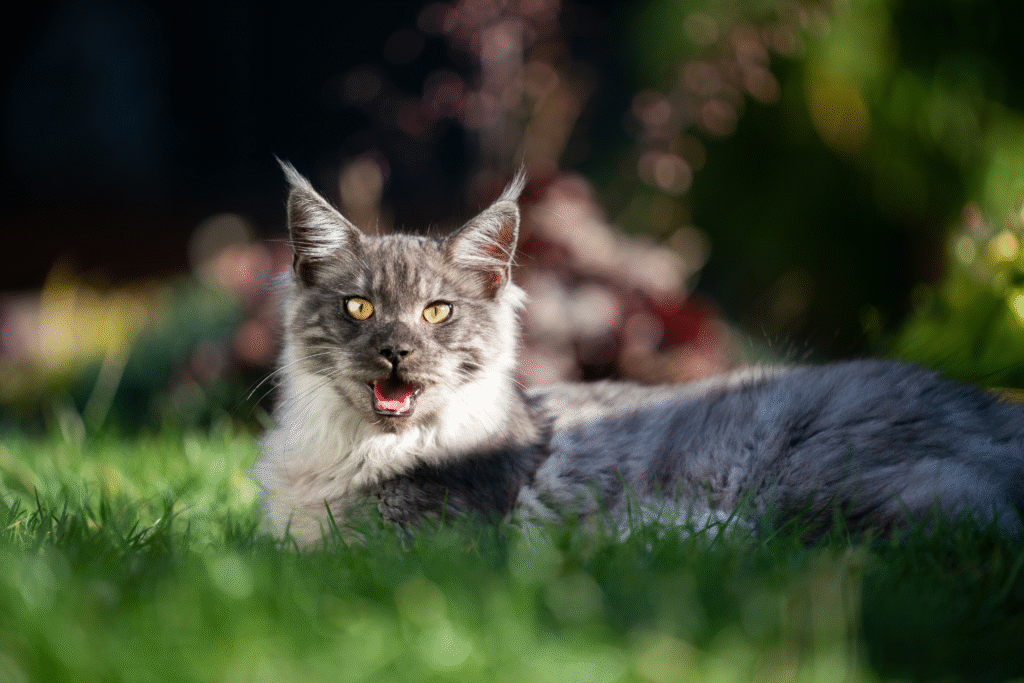
Dehydration in cats rarely looks like panting. It appears as tacky gums, sunken eyes, or poor skin elasticity. Pancreatitis often causes dehydration due to fluid loss from vomiting or reduced drinking. These small details reveal more than owners realize.
Encouraging water intake through wet food or cat fountains helps, but medical intervention may still be needed. Left unchecked, dehydration worsens inflammation and raises the risk of organ strain.
7. A greasy or dull coat that loses its sheen.
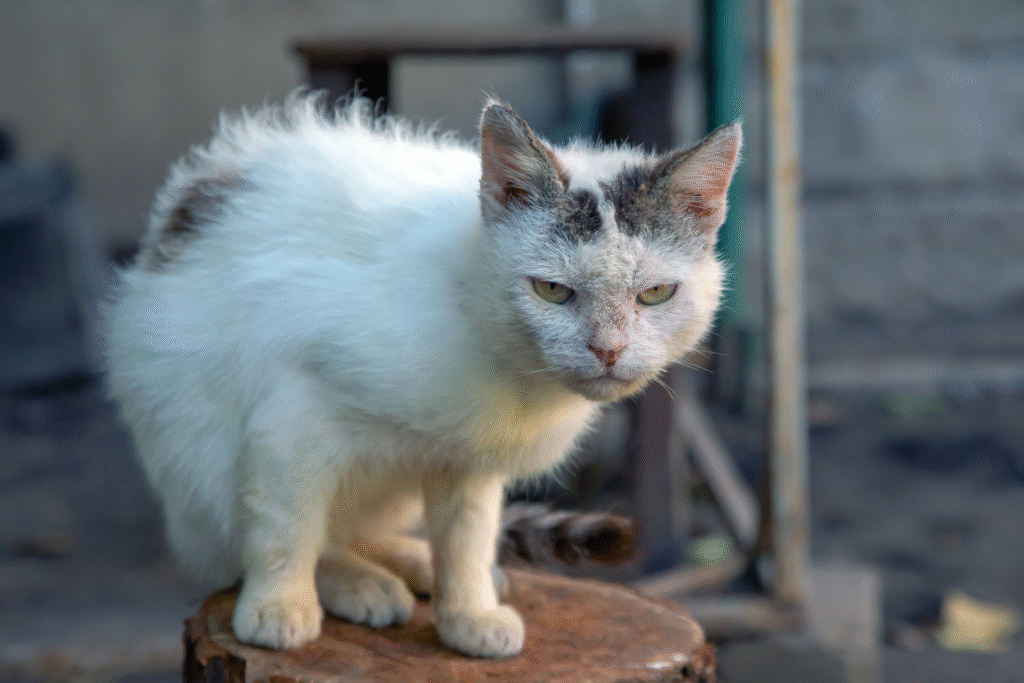
Internal inflammation often affects the way nutrients reach the skin and fur. Cats with pancreatitis may develop greasy patches, dandruff, or dull fur despite regular grooming. This is not vanity, it is biology responding to nutrient loss.
When the pancreas falters, fat digestion suffers, and the coat reflects that imbalance. Grooming habits might also decline because your cat feels too tired or sore. Watching their coat can sometimes reveal what is going on inside.
8. Subtle breathing changes during rest or after meals.
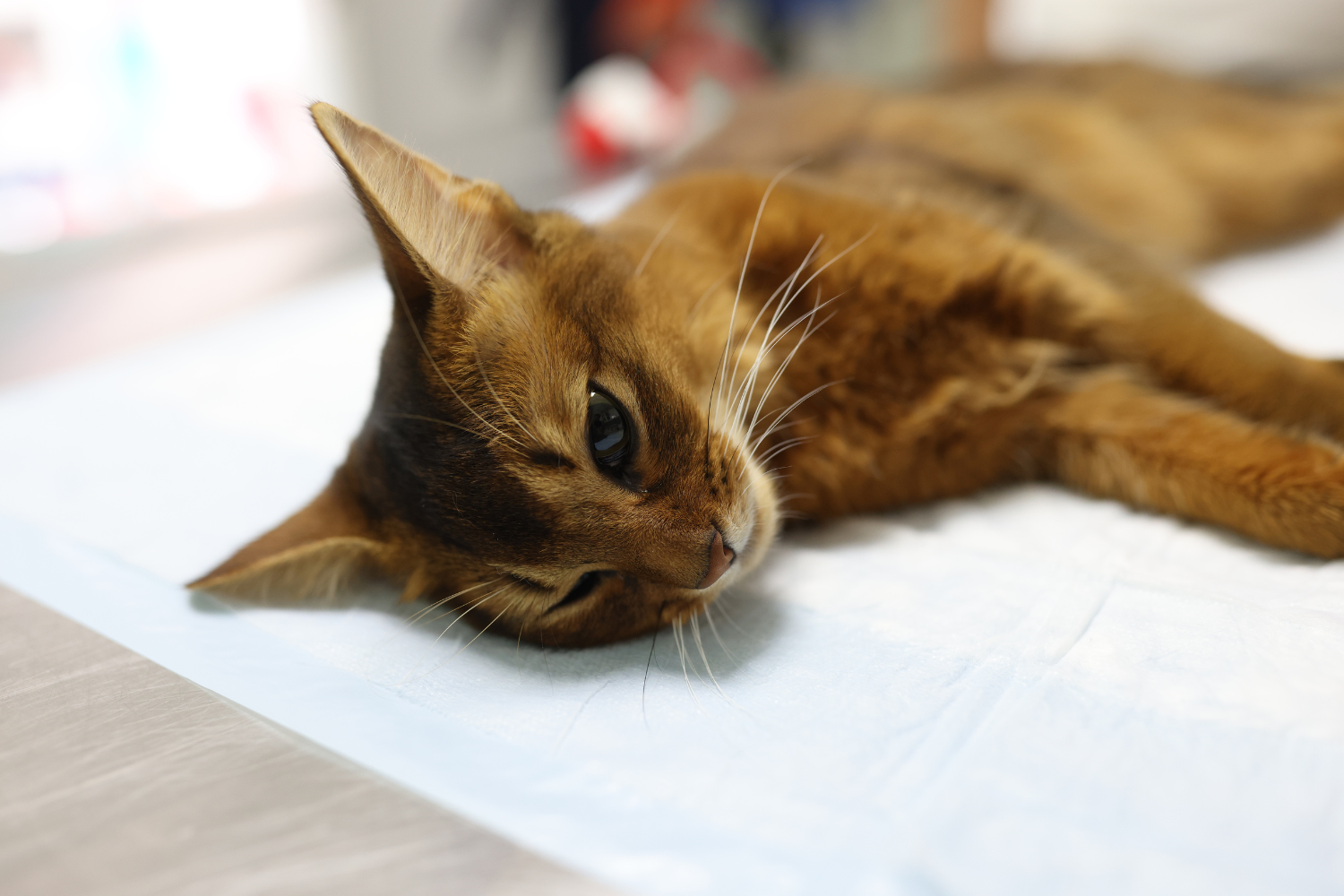
Pain and nausea can subtly alter a cat’s breathing rhythm. Shallow or faster breathing while resting might hint at abdominal discomfort or inflammation pressing on nearby organs. It is often so faint it is only noticed when their chest movement seems less relaxed than usual.
These quiet respiratory shifts are easy to overlook, yet they suggest discomfort building under the surface. Cats rarely show pain vocally, so their breathing becomes one of the few honest signals available.
9. Occasional diarrhea that alternates with constipation.

Pancreatitis disrupts digestive enzyme flow, which can swing the gut between overactive and sluggish. A cat may have loose stool one day and difficulty passing it the next. This alternating pattern reflects the pancreas’ unpredictable function during inflammation.
Such changes are not always dramatic but can persist quietly for weeks. Monitoring the litter box gives one of the clearest day-to-day pictures of what is happening inside.
10. Withdrawn or anxious behavior that replaces calmness.
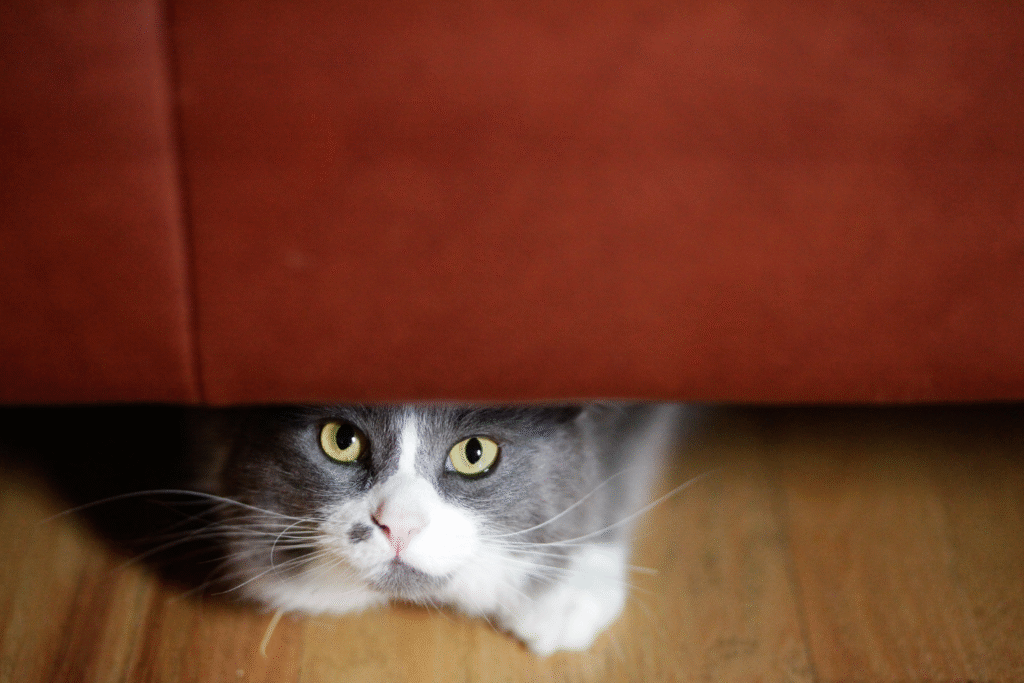
Cats experiencing pain often isolate themselves, choosing quieter corners or avoiding touch. Emotional withdrawal can sometimes appear before physical symptoms intensify. The discomfort alters how they respond to people and other pets.
If your cat suddenly seems distant or anxious without clear reason, it is worth considering internal causes. Behavioral shifts often surface before measurable signs, making them one of the most important clues to catch early.
